The capital city of Sofia has hosted the presentation of the “Thessaloniki and the Bulgarians – History, Memory, Present” album. This edition is part of the project on that subject, carried out by the Institute for Balkan Studies with the Bulgarian Academy of Sciences /BAS/ together with the Archives State Agency and other institutions.
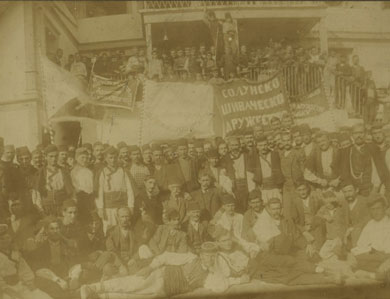 This edition can boast of a broad range of facts and photos, related to the Bulgarian community of the city – starting with the families and their crafts and covering the Masonic lodge, educational institutions and the revolutionary organizations of the past.
This edition can boast of a broad range of facts and photos, related to the Bulgarian community of the city – starting with the families and their crafts and covering the Masonic lodge, educational institutions and the revolutionary organizations of the past.
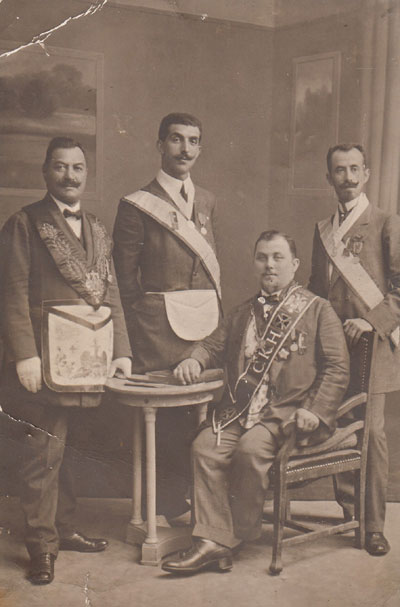 The project has aimed at the implementation of three major goals. The first one is the historical Bulgarian presence in Thessaloniki to be remembered. The second one is the memory for the city to be popularized – the way it has been memorized by the Bulgarian society. The third goal is the presentation of the contemporary Bulgarian initiatives, related to the city in terms of policy, economy and culture via science, education and sports. “A rootless person is like a tree without roots,” says head of the project Associate Prof. Yura Konstantinova from the Institute of Balkan Studies. “We must keep our memory on what used to be out there. We need our grounds to step on, people to lean on and memories to cherish.”
The project has aimed at the implementation of three major goals. The first one is the historical Bulgarian presence in Thessaloniki to be remembered. The second one is the memory for the city to be popularized – the way it has been memorized by the Bulgarian society. The third goal is the presentation of the contemporary Bulgarian initiatives, related to the city in terms of policy, economy and culture via science, education and sports. “A rootless person is like a tree without roots,” says head of the project Associate Prof. Yura Konstantinova from the Institute of Balkan Studies. “We must keep our memory on what used to be out there. We need our grounds to step on, people to lean on and memories to cherish.”
The roots of the Bulgarian community in Thessaloniki can be traced back in time, but the album seizes the period since the dawn of the 19th century, as the greatest number of documents has been preserved on that period. The Thessaloniki-based Bulgarian community blossomed after 1878, although the Macedonian and Aegean regions remained within the Ottoman Empire. Many Bulgarians from the towns of Western Macedonia settled down in Thessaloniki, looking for prosperity and security.
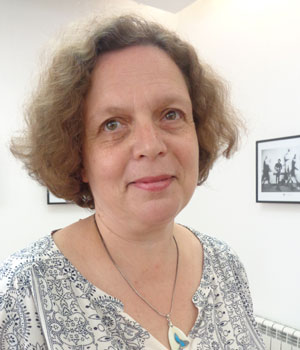 Who were the notable Bulgarian citizens of that Greek city?
Who were the notable Bulgarian citizens of that Greek city?
“Our project has aimed at unveiling that as well – we wanted to comprehend the links of the Bulgarian community with the city,” Yura Konstantinova says. “We thought that the Thessaloniki brothers St. St. Cyril and Methodius were the most popular ones with the invention of the Slavonic Alphabet. However, the more we have been working on the topic, the more we have realized that in fact the students of the Boys’, Girls’ and Trade High Schools and their descendants were actually the ones who preserved in the best way the memory of what was Bulgarian in Thessaloniki. The Internal Macedonian-Adrianoplis Revolutionary Organization was established at the Boys’ High School with the purpose of fighting against the Ottoman rule up to 1912.”

“We also want to turn to the highest possible number of citizens who could possibly get in touch with us, telling their stories and providing the digital version of their family archives. You can see in this edition that such people still exist now. I would like to use this occasion to appeal to all the heirs of the Thessaloniki Bulgarians, no matter if they live in Bulgaria or abroad – help us keep the memory of your families!” Associate Prof. Konstantinova said for Radio Bulgaria, adding that this has been the only project of this kind so far, researching the present of the Bulgarian community in that Greek city.
 Chair of the Archives State Agency Associate Prof. Dr. Mikhail Gruev hailed the team that had worked on the book. “In this album one sees not only the political history, the national awareness fights of the Bulgarian community in Thessaloniki, but also a wide reflection of the public, political and agricultural life of the city. And it gets seriously back in time – the first documents are from the dawn of the 18th c. while the last ones are from the meeting of the prime ministers of Bulgaria and Greece – Boyko Borissov and Alexis Tsipras.”
Chair of the Archives State Agency Associate Prof. Dr. Mikhail Gruev hailed the team that had worked on the book. “In this album one sees not only the political history, the national awareness fights of the Bulgarian community in Thessaloniki, but also a wide reflection of the public, political and agricultural life of the city. And it gets seriously back in time – the first documents are from the dawn of the 18th c. while the last ones are from the meeting of the prime ministers of Bulgaria and Greece – Boyko Borissov and Alexis Tsipras.”
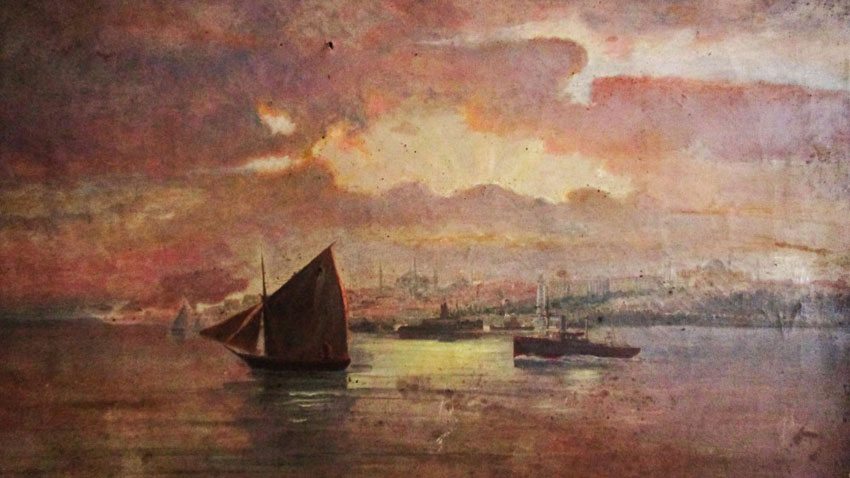
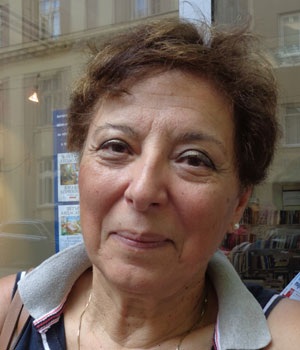
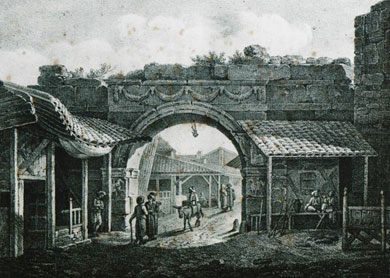 The history of Thessaloniki has also been related to a series of conflicts in the past, but that page should remain closed, writer Elena Peeva-Nikiforidis calls on for. She lives in Thessaloniki and appeals for the releasing of such a book, tackling the history of the Greek community in Sofia and Bulgaria as a whole. The writer also told us about the free efforts of a Greek lady, who translated into Greek a book of Bulgarian fairytales and several other classical books like Istoriya Slavyanobolgarskaya History of Slav Bulgaria” of Paisius of Hilendar. “See, that’s the way borders are crumbling down” Elena Peneva-Nikiforidis says in conclusion.
The history of Thessaloniki has also been related to a series of conflicts in the past, but that page should remain closed, writer Elena Peeva-Nikiforidis calls on for. She lives in Thessaloniki and appeals for the releasing of such a book, tackling the history of the Greek community in Sofia and Bulgaria as a whole. The writer also told us about the free efforts of a Greek lady, who translated into Greek a book of Bulgarian fairytales and several other classical books like Istoriya Slavyanobolgarskaya History of Slav Bulgaria” of Paisius of Hilendar. “See, that’s the way borders are crumbling down” Elena Peneva-Nikiforidis says in conclusion.
English version: Zhivko Stanchev
Photos: Central State Archives; family archive – Tapkov and Raya Zaimova; family album New York & Thessaloniki, 1994
Every year on February 10, the feast of St. Haralambos , Bishop of Magnesia, is celebrated with special solemnity in a small Bulgarian town in the northernmost part of the country's Black Sea coast . For Shabla and its residents, this is the..
Almost 40 years ago, Bulgarian Orthodox Church communities were established in Western and Central Europe in several cities - Budapest, Munich, Vienna, Stockholm, Malmö, Oslo and Paris. With Bulgaria's accession to the European Union and the expansion..
On February 4, Blagoevgrad will commemorate the 153rd anniversary of the birth of Bulgarian revolutionary Gotse Delchev with a wreath-laying ceremony. The ceremony will take place at 11am in front of the hero's monument on Macedonia Square. Voivode..
Every year on February 10, the feast of St. Haralambos , Bishop of Magnesia, is celebrated with special solemnity in a small Bulgarian town in the..

+359 2 9336 661
